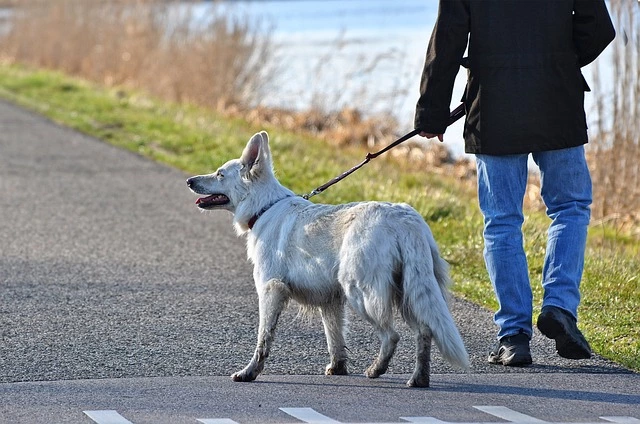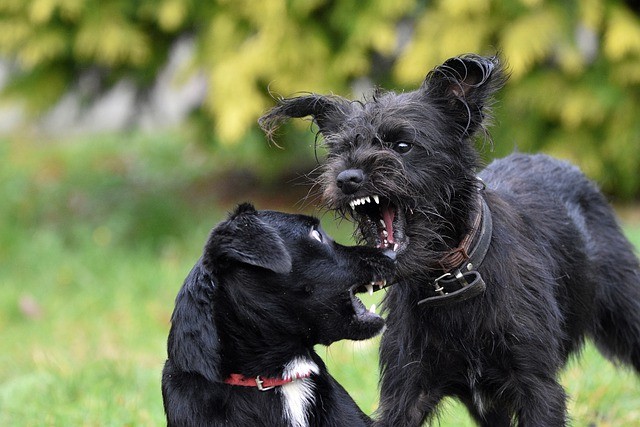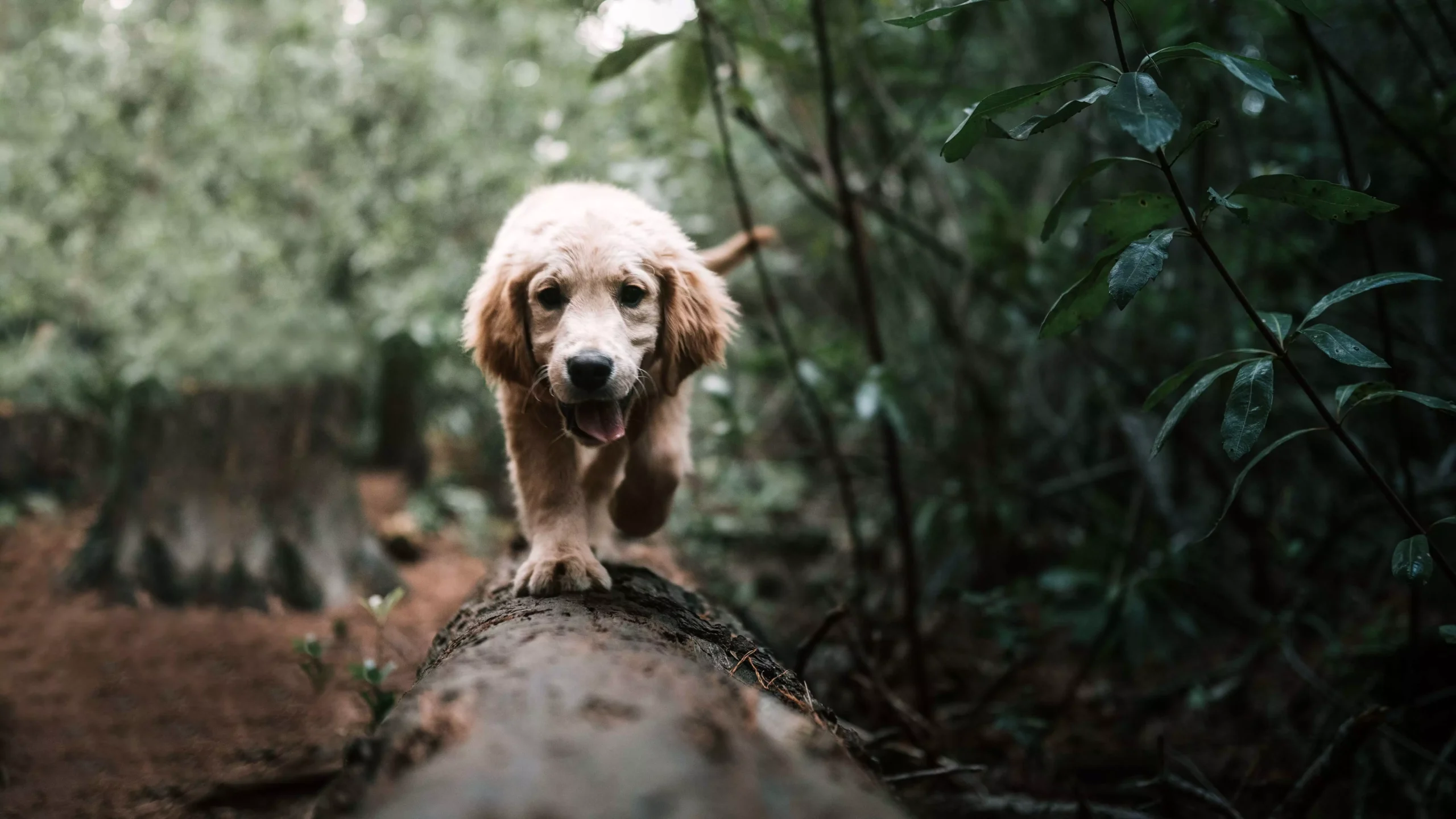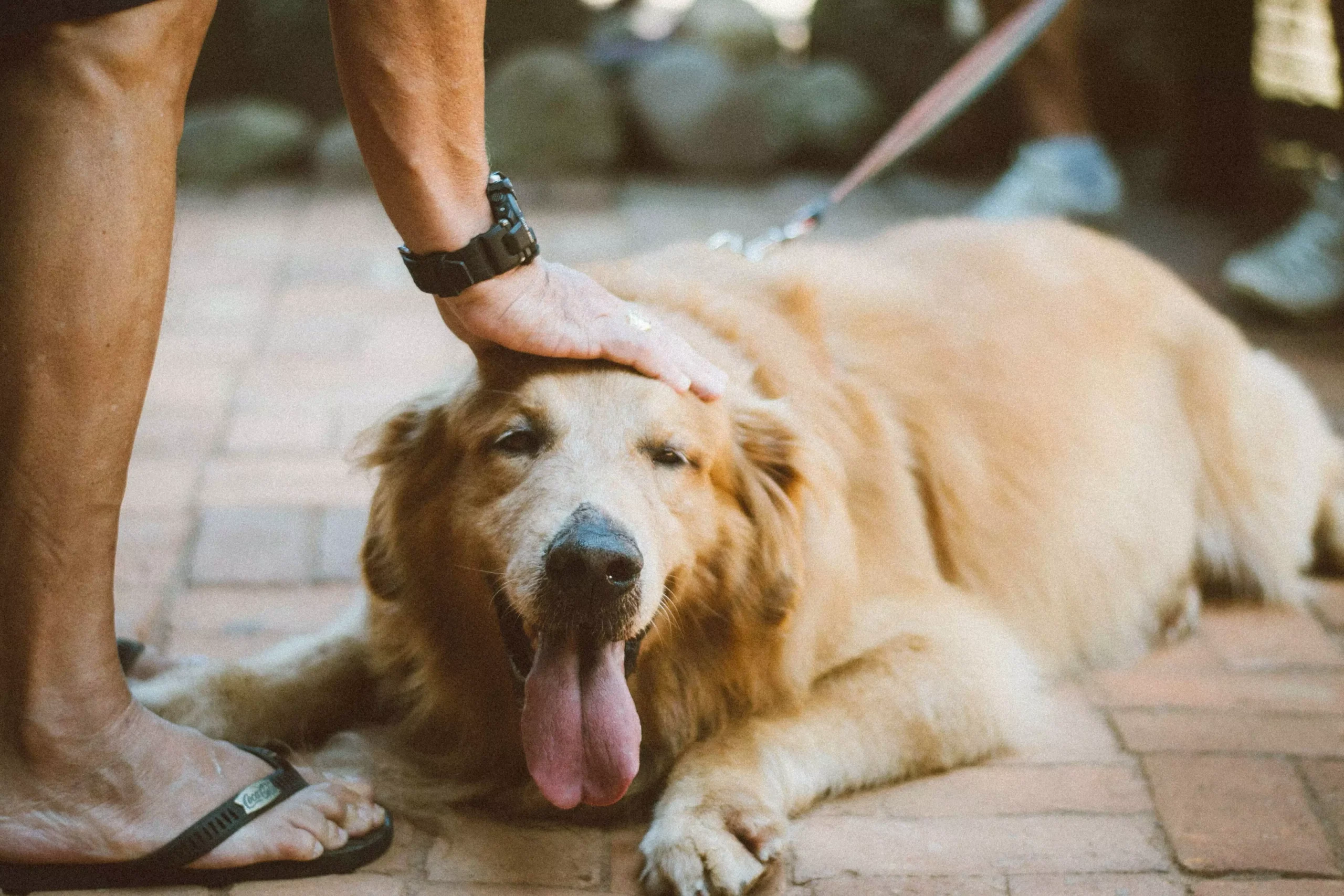Proper handling and restraint techniques are essential skills for anyone involved in animal care, whether it be veterinary professionals, animal shelter staff, or even pet owners. These techniques ensure the safety of both the animal and the handler, while minimizing stress and preventing injury. In this article, we will explore the importance of mastering these techniques, discuss effective methods, and address frequently asked questions.
Understanding the Importance of Proper Handling and Restraint:
Safeguarding the Animal’s Well-being:
Proper handling and restraint techniques are crucial for the well-being of animals in various care settings. By understanding the specific needs and behaviors of different species, handlers can provide effective and compassionate care. This includes minimizing the risk of injury and ensuring that the animal remains calm and comfortable during procedures or examinations.
Ensuring the Handler’s Safety:
Proper handling and restraint techniques not only protect the animal but also safeguard the handler. By using appropriate methods and tools, handlers can minimize the risk of bites, scratches, or other injuries that may occur when dealing with animals in distress or discomfort.
Reducing Stress and Anxiety:
Animals can experience stress and anxiety when they feel threatened or are in unfamiliar environments. By mastering proper handling and restraint techniques, handlers can minimize stress and anxiety, promoting a more positive and comfortable experience for the animal. This is particularly important in veterinary settings, where animals may already be experiencing fear or anxiety due to illness or injury.
Basic Handling Techniques:
Reading Animal Body Language:
Understanding an animal’s body language is crucial for effective handling and restraint. By observing their behavior and signals, handlers can anticipate their needs and respond appropriately. Signs of anxiety or fear include cowering, panting, or attempting to flee, while signs of aggression may include growling, baring teeth, or raised fur.
Approaching and Gaining Trust:
Approaching animals calmly and slowly can help build trust and reduce fear or aggression. Offering treats or positive reinforcement can also help build a positive association with the handler. It is important to allow the animal to approach on its own terms to avoid overwhelming or scaring them further.
Proper Lifting and Carrying Methods:
When it is necessary to lift or carry an animal, it is important to use proper techniques to avoid injury to both the animal and the handler. This includes supporting the animal’s weight and using gentle, controlled movements. Larger animals may require the assistance of multiple handlers or the use of specialized equipment, such as slings or stretchers.
Restraint Techniques for Different Species:
Dogs:
For dogs, using leashes and collars effectively is essential for control and restraint. Handlers should ensure that collars are properly fitted and secure. Muzzling techniques may also be necessary for aggressive or fearful dogs. Restraint aids such as hobbles or Elizabethan collars can be used to limit movement or prevent self-inflicted injuries.
Cats:
Gentle handling and scruffing can be effective methods for restraining cats. Scruffing involves gently grasping the loose skin on the back of the cat’s neck, which mimics how a mother cat carries her kittens. Towel wrapping can also be used to provide a sense of security and limit movement. Additionally, cat bags can be used for cats that are particularly anxious or aggressive.
Small Mammals:
Proper grasping techniques are important when handling small mammals. Handlers should support their body properly to avoid causing harm or discomfort. Gloves, nets, or tubes can also be used to handle small mammals safely and prevent accidental injuries.
Birds:
When handling birds, wing wrapping can be used to prevent them from flying away. Towel restraint can also be effective, providing a sense of security. The use of perches and stands can aid in restraining birds during examinations or procedures.
Advanced Techniques for Challenging Situations:
Aggressive or Fearful Animals:
When dealing with aggressive or fearful animals, desensitization and counterconditioning techniques can be used to help them become more comfortable with handling. In some cases, sedation or chemical restraint may be necessary to ensure the safety of both the animal and the handler. It is important to seek professional guidance when dealing with these situations.
Injured or Painful Animals:
When handling animals that are injured or in pain, it is crucial to assess the situation and take appropriate precautions. Handlers should be mindful of sensitive areas and use proper techniques to minimize discomfort. Seeking veterinary assistance may be necessary to ensure the animal receives appropriate care.
Frequently Asked Questions:
Q: How can I gain an animal’s trust quickly?
A: Building trust takes time and patience. Offer treats and positive reinforcement, approach calmly, and avoid sudden movements. Allow the animal to approach you on its terms.
Q: What equipment should I use for restraining aggressive dogs?
A: For aggressive dogs, using secure muzzles, properly fitted collars, and strong leashes are crucial. A trained professional should assess the situation and determine the appropriate equipment.
Q: Are there any alternative methods for restraining cats?
A: In addition to gentle handling and scruffing, towel wrapping can be an effective alternative for restraining cats. It provides a sense of security and limits their movement.
Q: How do I handle small mammals without causing harm?
A: Small mammals should be gently grasped, supporting their body properly. Gloves, nets, or tubes can also be used to handle them safely and prevent accidental injuries.
Q: What should I do if an animal becomes aggressive during restraint?
A: If an animal becomes aggressive, prioritize your safety and call for assistance if needed. Avoid escalating the situation and consider using sedation or chemical restraint under professional guidance.
Conclusion:
Mastering proper handling and restraint techniques is crucial for ensuring the well-being of animals in various care settings. The ability to read animal body language, gain trust, and employ appropriate techniques not only promotes safety but also minimizes stress and anxiety. By understanding the specific needs and behaviors of different species, handlers can provide effective and compassionate care. Remember, practice, patience, and continuous learning are key to becoming proficient in these essential skills.









